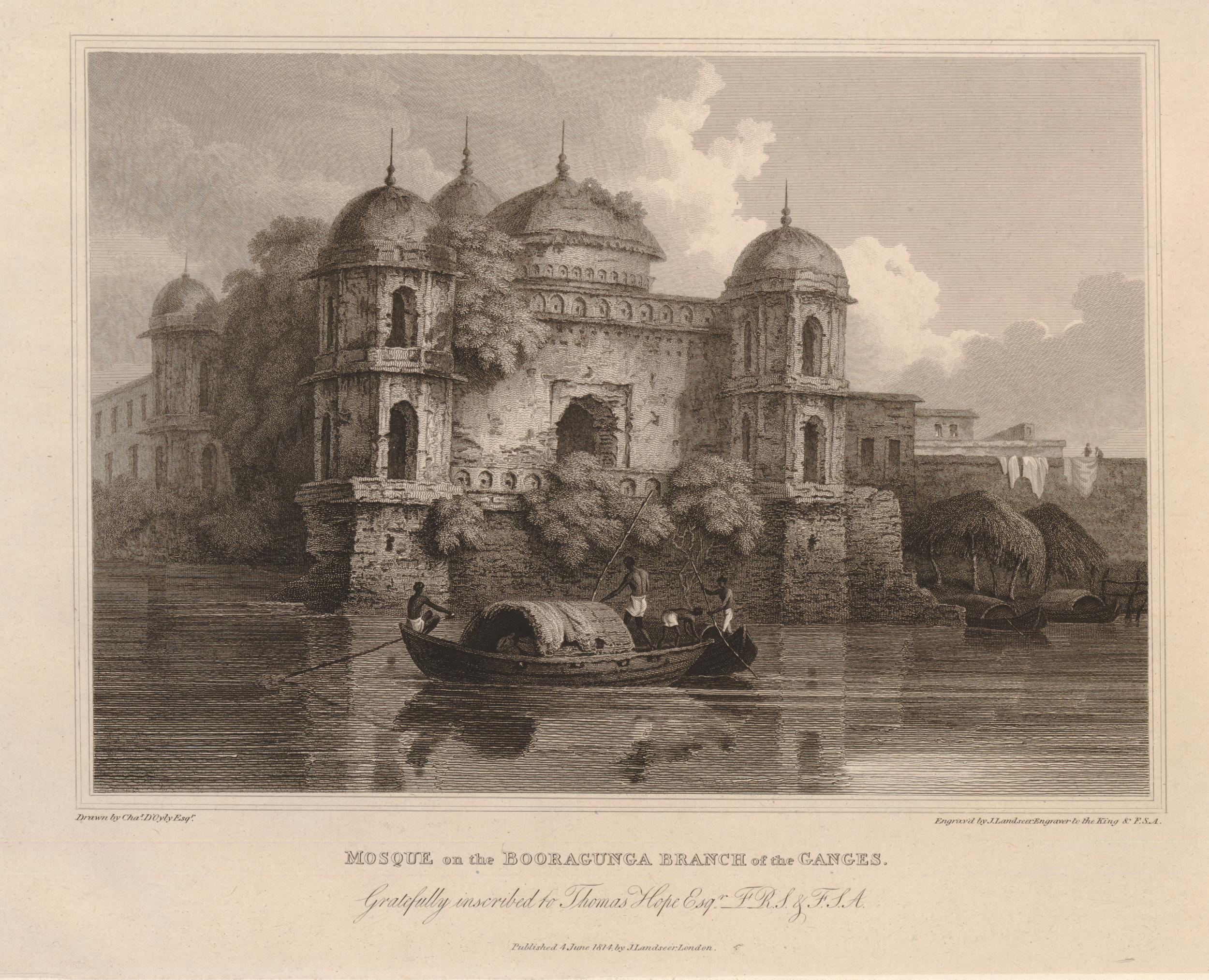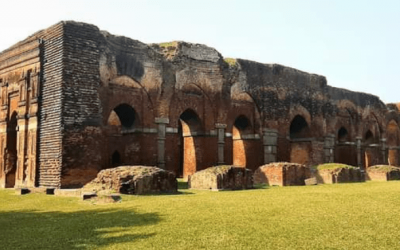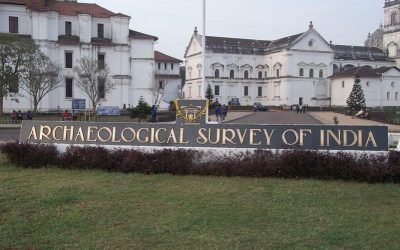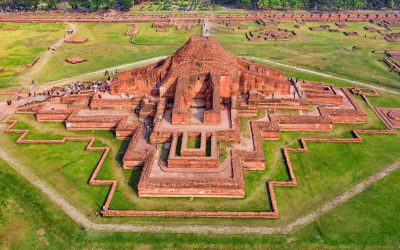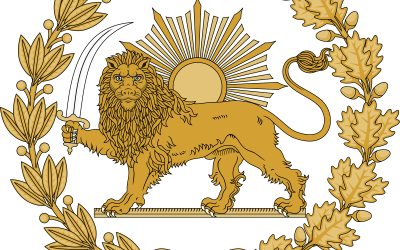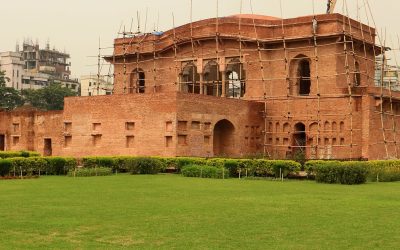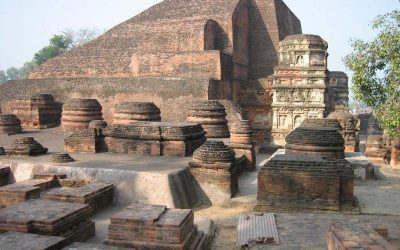Bangladesh archaeology
Bangladesh has a rich and varied history, with a cultural heritage that spans thousands of years. From ancient Buddhist kingdoms to the British Raj, Bangladesh has played a significant role in the cultural and political landscape of South Asia.
Archaeologists and researchers in Bangladesh have made a number of significant discoveries in recent years, shedding new light on the country’s past. One of the most notable discoveries was the discovery of a massive Buddhist monastic complex at Paharpur, which dates back to the 7th century AD. This site, which is now a UNESCO World Heritage Site, is considered one of the most important Buddhist monastic centers in the world and is an important example of the spread of Buddhism in South Asia.
Other important archaeological sites in Bangladesh include the ancient city of Mahasthangarh, which was the capital of the Pundra Kingdom in the 4th century BC, and the ruins of the ancient city of Po-ni, which was an important center of trade and commerce in the region.
In recent years, researchers in Bangladesh have also turned to new technologies, such as virtual reality (VR) and augmented reality (AR), to help them better understand and preserve the country’s cultural heritage. By using VR and AR, archaeologists can create virtual reconstructions of ancient sites, allowing them to explore and experience these places as they may have looked in the past. This can be especially useful for sites that have been damaged or destroyed, as it allows researchers and the public to gain a deeper understanding of their significance and importance.

